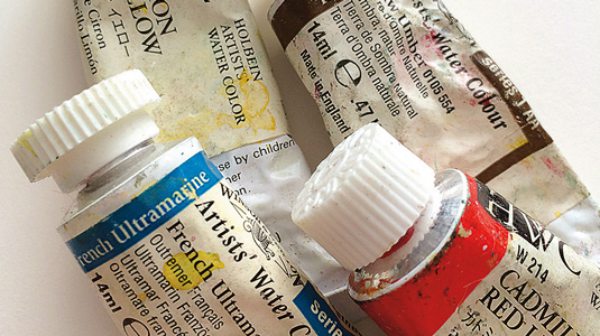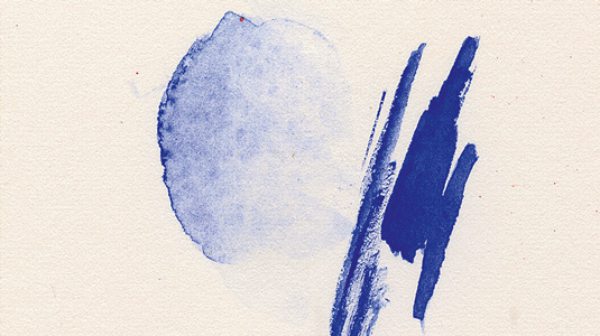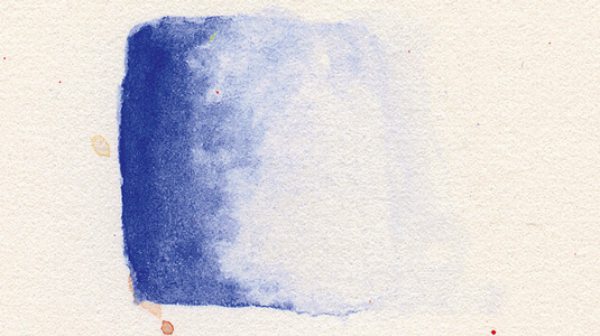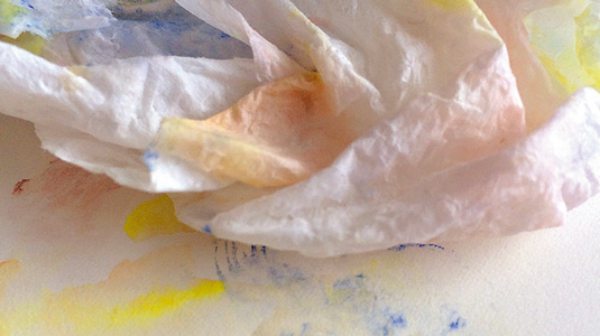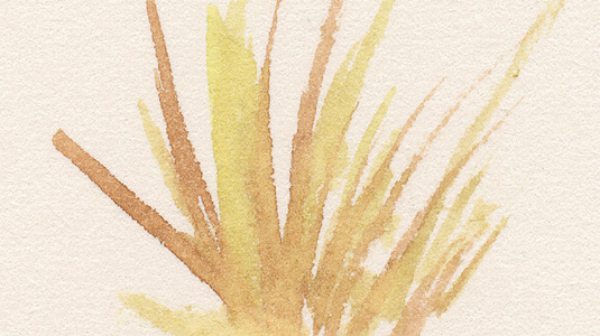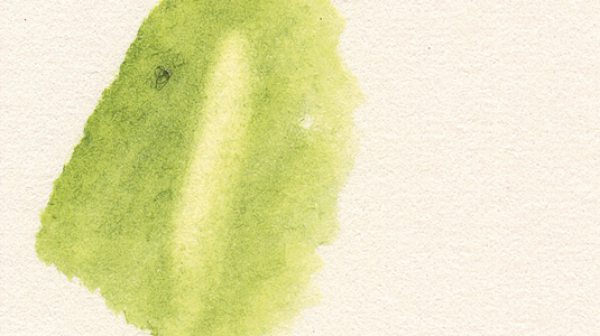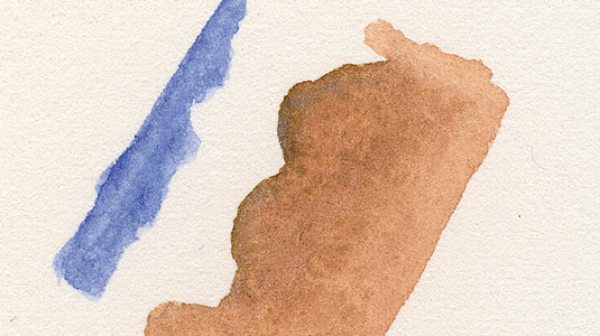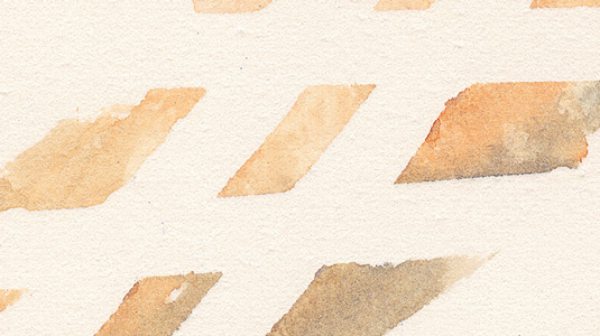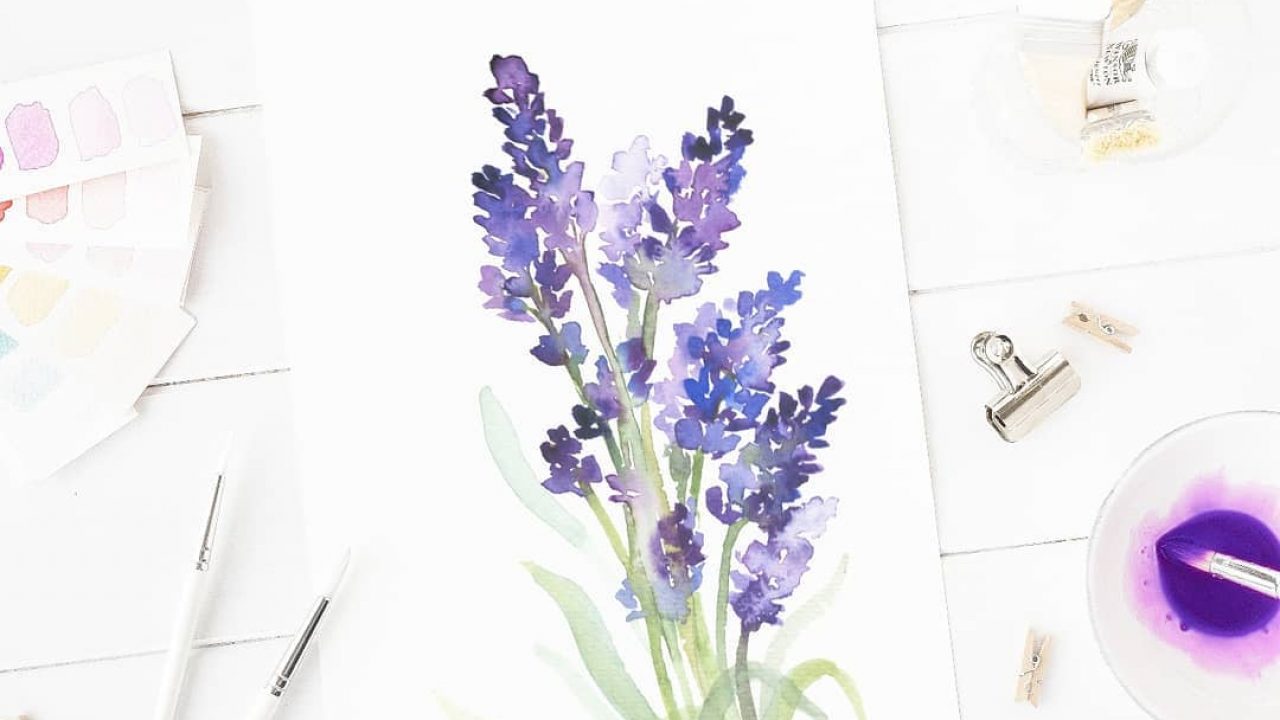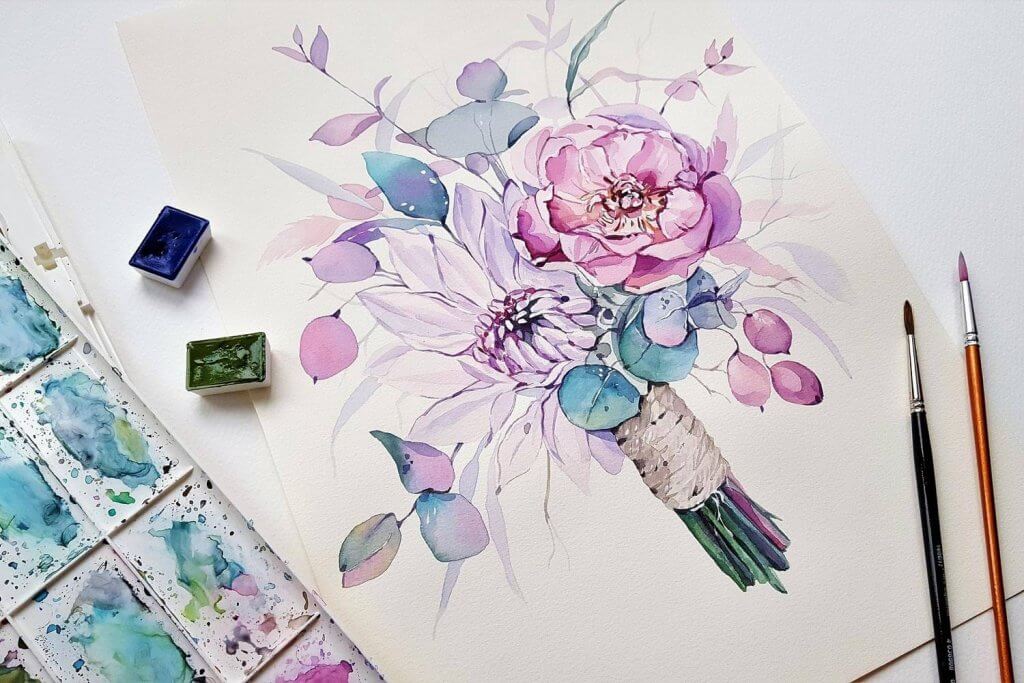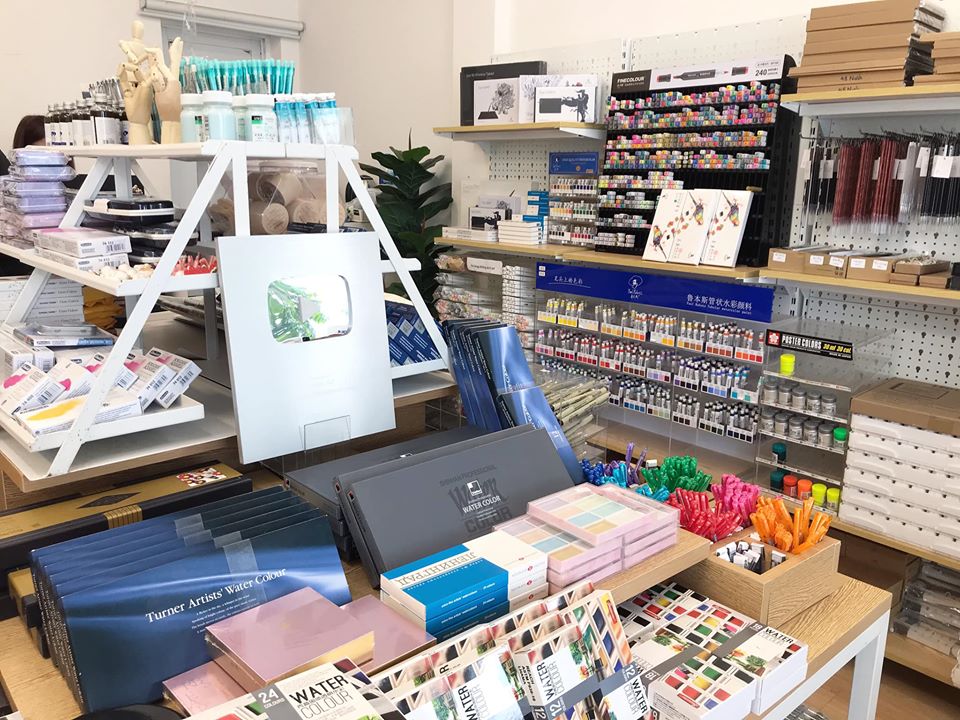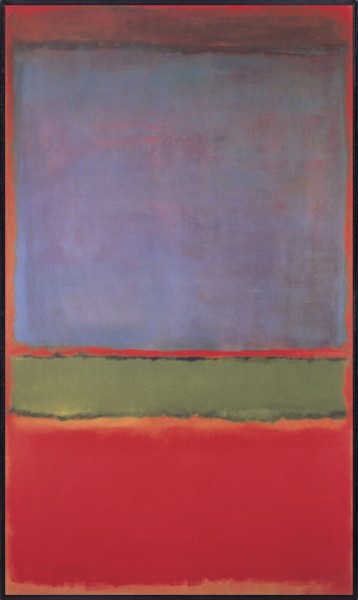Watercolor painting techniques that you should know
Watercolor is a versatile and versatile material that can produce a variety of results. Also known in French as aquarelle, it is a painting technique where the paint is made from pigment particles dissolved in water.
Dating back thousands of years, watercolor is a tricky medium to master, but there are a variety of watercolor techniques that can help, and it's definitely a skill worth learning. When you paint a watercolor painting, the light reflects off the white part of the paper and reflects the colors, creating a truly magical glow.
Learn more about this material with these important watercolor techniques!
- Buy a variety of brushes
Having a variety of brushes is important. Your choice will depend on the size of the project. I'm planning on doing it on a small scale so I choose brushes around 000 to 6. Experiment with different sizes to find what you like but I also recommend choosing brushes that are smaller than what you think you are. will use. These will come in handy with little details that you don't anticipate.
It's important to have a variety of brushes
- Get some good quality paints
Investing in good quality watercolors is also important. It will last longer and won't yellow or degrade too much over time. There are many different brands and grades available in stores and online. I use a variety from Holbien and Winsor & Newton. Buy a few colors from different brands and pick your favorite. Pro tip: you can mix a variety of colors using a limited palette.
Good quality watercolors are a smart investment
- Discover the dryness and moisture of color
There are two main factors to consider when painting with watercolors: dryness and moisture. As their name suggests, watercolors are basically a type of water solvent. You can adjust the intensity and saturation of the color depending on the amount of water you add. There are many ways to paint with watercolors and when you try them out, you will find the ones that work best for you. I've just discovered that switching from dry to wet paint gives me more control.
Adjust the color of the paint by adding different amounts of water
- Manipulation from light to dark
Another important watercolor painting technique to remember is that you are painting from light to dark. This means that whatever you are keeping white or pale in your painting needs to stay in place throughout the painting process. Create separate values for each color layer until you get the effect you want. This will require a lot of thoughtful decisions and careful planning, but the results are well worth it.
Drawing from light to dark requires a lot of consideration but the results are well worth it
- Stock up on tissues
A very important tool to have in your kit when working with watercolors is a paper towel. This is akin to a 'handmade' eraser for watercolors. We draw a layer of color first and then lift each part out, which is a great way to gradually add more detailed color layers. Paper towels are also very useful for correcting or correcting a drawing.
Paper towels are akin to a homemade eraser for watercolors
- Watercolor scales
One trick to add energy to your watercolor painting is to use the watercolor flake technique. This can help splash some water or remove dirt. Hold the brush between your middle finger and thumb. Use your index finger to pull the bristles back and release them to shoot forward. This method produces results that are a bit unpredictable but can be interesting, so I recommend you give it a try.
Use your index finger to pull the bristles back and then release so they bounce forward
- Let the colors blend together
A great way to blend multiple colors together is through the 'blooming' watercolor technique. Add some water to the pigment, then use a brush to paint on the paper. While the color area is still wet, add another color with the same amount of water. At this point, you can adjust the colors to your liking. Wait for it to dry and you'll notice there's a subtle gradient through it.
A great way to blend colors is through 'blooming'
- Correct understanding of texture
You will find that working with watercolors on harder paper has its own benefits. One of the obvious benefits is that you don't have to work hard to get nice textures. This means it's important to try to depict objects and materials with their own textures. It's about using density as well as dryness and moisture.
It's important to try to depict objects and materials with their own textures
- Color pulling method
When you make a dry, more saturated stroke, you can stretch out from the stroke with just water. This watercolor technique is a great way to show shape and represent light sources or edges. Draw a stroke using very little water and a lot of colorant. Before the stroke dries, grab a moderately damp brush and drag the color away from the bold stroke. You can stretch the color as far as you can depending on how dry the first stroke is.
Color dragging is a great way to show shape and represent light sources or edges
- Create class
Because watercolor is a dilute solvent, you will need to build up the color slowly. This is another benefit of solvents because you can do color mixing right on the paper. Pick a color and paint it down. Wait until it dries and then paint in another color. You'll notice where they overlap, the pigment mixes together and you get a different color. It is very suitable for creating human skin color.
Because watercolor is a dilute solvent, you will need to build up the color slowly
- Coloring technique
This is a watercolor painting technique also used by many oil painters to create lighter tones based on existing color layers. You're essentially arranging the colors in indirect layers to create the color you want. You just need to simply wet the part of the brush with watercolor. As you use more colors, add water slowly and carefully so that the color and water blend together to the lightness you want. If you accidentally add too much water, the mixture will look like mud, so be careful.
Day is a watercolor technique used to fade existing pigments
- Lifting techniques
Sometimes you will need to 'erase' the watercolor. While you can't get the paper back to 100% white, you can pull out the colors to correct mistakes or fine-tune brightness. Do it with a layer of dried watercolor and using clean water, draw in the shape you want to lift. Let it settle for a minute then press on with a paper towel to draw out the water. You should see the color layer light up according to the shape you drew.
You can lift the color off the paper to correct errors or adjust the brightness easily
- Use salt for texture
Watercolor is about creating layers and textures. Salt can help create interesting textures quickly because the salt crystals dissolve easily in water, contributing to unique textures based on pigments. Test a splash of color and while the paint is still wet, sprinkle with salt. Let it dry most of the way and then simply brush or blow the salt away. This technique is useful for giving texture to natural surfaces like rocks or bark.
Salt can create interesting textures easily
- Drawing using sponge
Another household item you can use to draw is a sponge. Just mix the colors in a small plate or tray, press the sponge into it and blot onto your paper. You can vary the moisture content of the paint to achieve different effects – dry colors would suit plants or psoriasis skin, while moist colors would probably be better suited to a cloud or river setting.
Another household item you can use to draw is a sponge
- Explore harmonics
Watercolor is also about planning. Think about where you want to be white and light before you paint. Controlling the brush when painting at the edge you want to create negative space is very important. Create a semi-moist layer first and then draw along the edge you want to create negative space there. Then drag the color away from the edge of the brush to fill the place with the pigment you like
Think about the places you like to be white or pale before painting
- Use tape to secure the edges
You can use tape to secure the area you want to keep clean and tidy. This watercolor technique is useful with hard edges including machinery or architecture. Just stick the tape on where you want it to be clean.
Use tape that won't tear the paper, such as duct tape or painter's tape. Draw on and around the tape. When the paint is dry, remove the tape slowly and you should have a nice clean straight line.
Use masking tape to cover the area you want to keep clean and white
- Use a pencil to sketch
Here I used a 2H pencil to make sure my sketch would withstand the water from the drawing. Then I can start drawing some light strokes with a medium brush. My drawing looks wet, but it won't squish the paper right away.
A hard pencil will withstand water
Save the boldest part for the best details
Resist the temptation to use the boldest sections until you get to the final step. Since watercolor is a transparent solvent, you will need to paint the light and light parts first and then the dark and dark parts last.
Save the boldest part to the end
Above are the watercolor painting techniques that we have introduced for your reference. If you find the article useful, please share it so everyone can learn.
Thanks very much!




